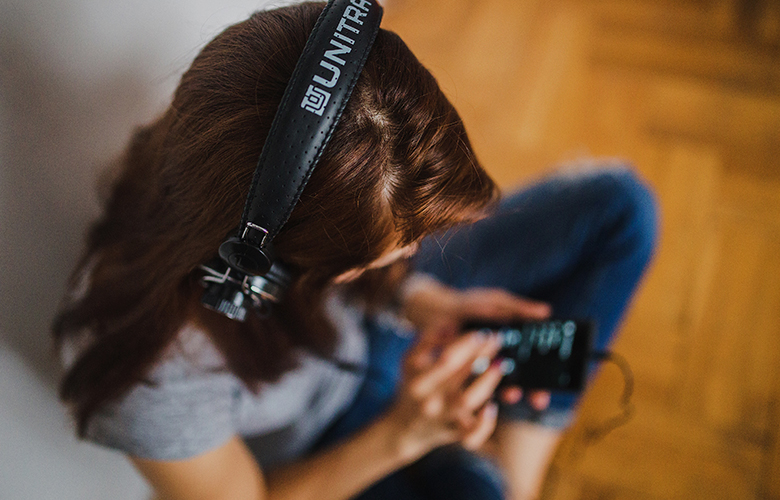
This is a short article on the importance of using reference tracks while mixing and how to use them. One of the first things I do when I schedule a time to record a band is ask them what albums, and songs they like the sound quality of. I ask so I get a good idea of what they might be *subconsciously* looking for in a mix or master. Then I will ask, “What would you like your reference track for the mixing process to be?”
I ask these in two separate questions because what you like and what’s right for a mix of a particular song can be two different things. I want to have options, so when I go to pick a reference track – I am picking one that’s right for the song, and that the band will like too.
A reference track is helpful to have if this happens; you can play the track and compare it to where you are in your mix. Once you’ve done that you can hone in on anything that isn’t where it needs to be in your mix – and with a specific goal in mind you can get it where it needs to be because of the reference track.
Now, to utilize this correctly, you have to do it right. You don’t want to just download your reference track from YouTube and upload that wav file into Pro-Tools. You also don’t want to use an MP3. When using a reference track, you want to get the rawest and uncompressed version of the track you can find (WAV file). Another thing, you need to know how your reference track translates onto different sound systems.
Listen to it everywhere you can, so you know exactly what to fix when you sit back down at your computer to do revisions.
You can use plug-ins to help you compare the track to your mix. Magic AB is my favorite. It’s straightforward to use. You upload both tracks, one is A, and one is B. Then you level the two songs out, so your ears aren’t being tricked because one mix is louder than the other (Hello, Fletcher Munson), and then you just click between A and B to compare your reference track to your mix! Easy as that!
I hope this helps your mixes grow as it helped mine when I discovered how to use reference tracks! As always, you can send me examples of your mixes, or even email me just to chat about how you noticed a difference in the process after you started using reference tracks at virginia@backbeat365.com.
Another great article by SoundGirls: How to Succeed as New Crew Member on a Gig
Follow SoundGirls on Instagram, Twitter


The mission of SoundGirls.org is to inspire and empower the next generation of women in audio. Our mission is to create a supportive community for women in audio and music production, providing the tools, knowledge, and support to further their careers. SoundGirls.Org was formed in 2013 by veteran live sound engineers Karrie Keyes and Michelle Sabolchick Pettinato and operates under the Fiscal Sponsorship of The California Women’s Music Festival, a 501(c)3 non-profit organization. In 2012, Karrie and Michelle participated in the “Women of Professional Concert Sound” panel at the AES Conference in San Francisco. The panel was hosted by the Women’s Audio Mission (WAM) and moderated by WAM founder Terri Winston. Terri brought together five women working in live and broadcast audio. The groundbreaking panel (which also included Jeri Palumbo, Claudia Engelhart and Deanne Franklin), provided young women and men a glimpse into life on the road, tips and advice, and a Q & A with the panelists. More importantly though, was how incredibly powerful the experience was for the panelists. We had all been in the business for 20 years or more, yet most of us had never met before that day and within minutes we bonded like long-lost sisters. We were struck by how similar our experiences, work ethics, and passions were and wondered why our paths had never crossed and how our careers would have been different had we been there to support each other through the years. Each of us are strong on our own, but together we were even stronger and a powerful force. We were empowered. Each of us had been asked hundreds of times in our careers: Are there other women doing sound? How did you get into sound? How would a young woman go about getting into sound? Through creating SoundGirls.Org, we hope to establish a place for women working in professional audio to come for support and advice, to share our success and failures, our joys and frustrations, and for empowerment and inspiration.
Read Full Profile© 2021 TheatreArtLife. All rights reserved.

Thank you so much for reading, but you have now reached your free article limit for this month.
Our contributors are currently writing more articles for you to enjoy.
To keep reading, all you have to do is become a subscriber and then you can read unlimited articles anytime.
Your investment will help us continue to ignite connections across the globe in live entertainment and build this community for industry professionals.